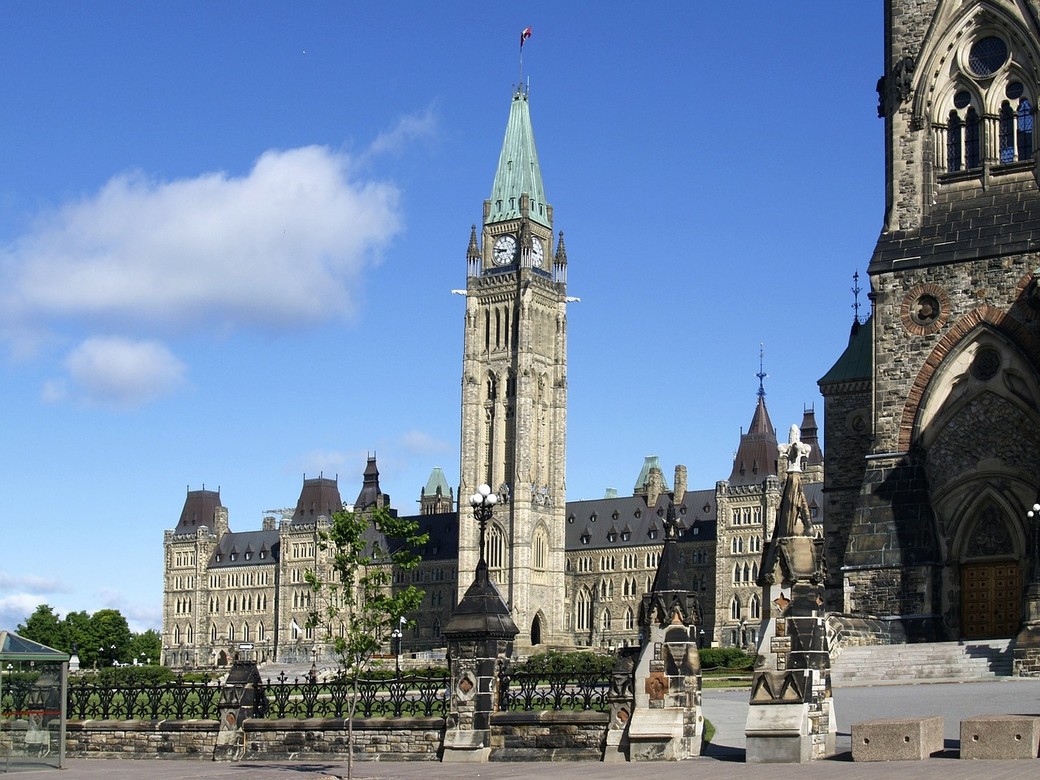
Provincial Health Ministers Right to Push for National Pharmacare Program–But What Kind?
Quebec’s outdated drug coverage policies should not be model for rest of Canada
In spite of very high expenditures for drug coverage, one in 10 Canadians cannot afford to fill their prescriptions. The current patchwork of public and private plans across the country means that Canadians are covered for their prescription drugs based on where they live or work, rather than on their medical needs.
Eight provincial health ministers organized a roundtable with healthcare professionals and academic experts on June 8 to discuss how we should transform drug coverage in Canada and several are now calling for a national pharmacare program. The question now is, what kind?
The suggested reforms discussed were based on international best practices, which overwhelmingly emphasize a single payer universal public drug coverage system equipped with the institutional capacity to ensure value for money. The evidence consistently shows that such a system would provide better access while substantially reducing costs.
Nevertheless, private insurers, the drug industry and some think tanks are advocating for the implementation of Quebec-style hybrid private-public drug coverage for the rest of Canada. Here’s why this won’t work for Canada–because it no longer works for Quebec.
In 1997, Quebec created a drug coverage system where it is mandatory for workers to enroll in private plans when they are available. Those for whom no private plan is available end up on the mandatory public plan. Thus, all Quebecers are covered by some form of drug insurance. Premiums can be very expensive, and patients still have to pay out-of-pocket a maximum copayment of 32.5 per cent when purchasing prescriptions, which can add up to more than $1,000/year.
What has been the result of Quebec’s hybrid model? Access to medications improved when the plan was implemented, but by keeping a fragmented system based on multiple public and private plans, Quebec has not developed the needed institutional capacity to contain costs. Canada has the world’s second-highest per capita costs for prescription drugs (only after the United States), and Quebec has the highest costs per capita among all provinces.
Twenty years ago, Quebec’s system was a great step forward, but it is certainly not a model for the 21st Century. While it did provide better access to prescription drugs, the system remains inequitable, inefficient and unsustainable, according to a recent official report by Commissaire à la santé et au bien-être.
Inequity persists in the Quebec system because the prices of drugs vary between the public and private plans. The public plan tends to balance its budget by shifting costs onto the shoulders of private plans rather than containing its costs. Since insurance companies are paid as a proportion of spending, they rarely complain.
So who pays? Employers and employees end up paying steep premiums. This increases labour costs and reduces the competitiveness of Quebec’s businesses.
Mandatory private coverage is also not related to income, so the costs can be substantial for some — especially the working poor. I was shocked when a student working part time told me that she had to pay $190 of her $514 net monthly income on drug premiums.
There’s also the systemic issue of institutional ‘skimming’ between “good” and “bad” risks. Seniors, people on social assistance, or unemployed end up on the public plan while those with a “good job” (the wealthier and healthier population) enrol in private plans.
Then there’s the inefficiency. For decades, private plans remained fixed on the idea that a “good drug plan” covered all new drugs at any cost, even when a lower cost alternative was available. Considering that the majority of new drugs do not provide therapeutic benefits over existing therapies, drug plans without the capacity to evaluate cost-effectiveness become a major source of waste. A good drug plan also requires the capacity to negotiate with drug companies to obtain better prices. Can you really negotiate prices if from the start your position is to pay for any product whatever the price?
When you look at the numbers, it really is surprising that all public employees in Quebec are required to enrol in costly private coverage given that administration costs account for 1.7 per cent for Quebec’s public plan, yet 18 percent for private insurers. In fact, more than 30 per cent of all people enrolled on private plans are public employees. This is a massive indirect subsidy to insurance companies, in addition to tax subsidies offered by the Federal Government, which represent 13 per cent of expenditures by private drug plans.
In a presentation last November, former health minister Jean Rochon, who implemented Quebec’s drug regime 20 years ago, said that, at the time, such a hybrid model was the right thing to do, but added that the system is now outdated and we needed to move on to tackle the new challenges relating to drug coverage.
The question, he said, is not “if,” but “how” we should implement universal public drug coverage for everyone.
Corporate lobbies and doubt manufacturers are working very hard, however, to tout Quebec as a model for the rest of Canada – against the best evidence.
Marc-André Gagnon is an expert advisor with EvidenceNetwork.ca and assistant professor with the school of public policy and administration, Carleton University. Follow him on twitter at @MAG_Rx.











